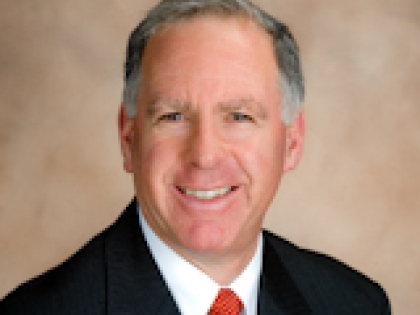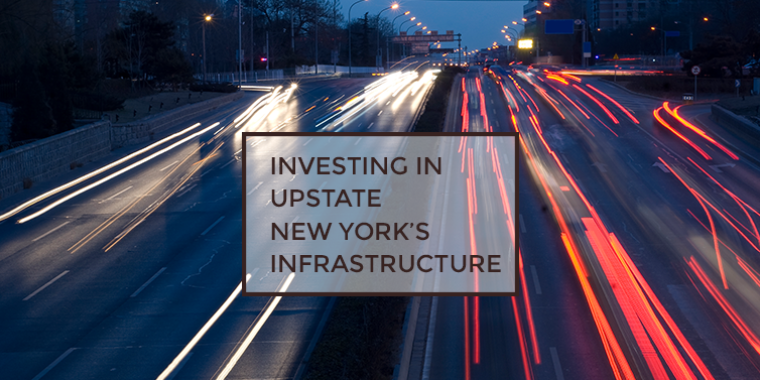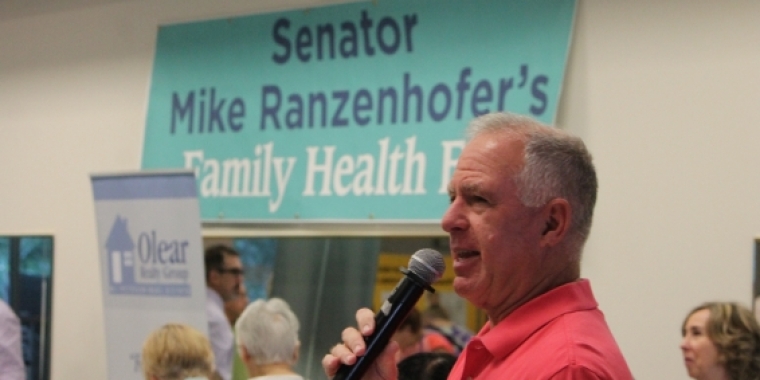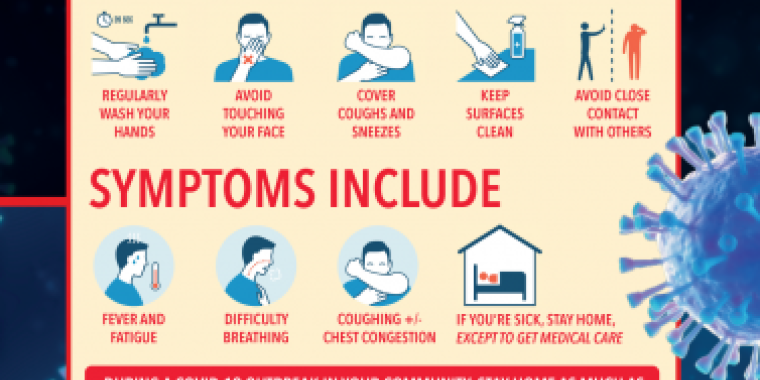
New Budget Provides Record Infrastructure Investment
Senator Michael Ranzenhofer
April 12, 2016

Albany, NY– State Senator Michael H. Ranzenhofer has announced today that the new 2016-17 State Budget commits a record level of funding for infrastructure projects all across Upstate New York.
Transportation Parity
The new budget includes a record $27.1 billion transportation capital plan for Upstate New York, representing true parity of transportation dollars between Upstate and Downstate regions of the state.
“I have been fighting throughout the budget process for more infrastructure funding for Upstate New York. Now, Upstate will receive its fair share of transportation dollars as part of the new budget,” said Ranzenhofer. “Committing more funding to infrastructure projects will help to improve the conditions of our roads and bridges, create thousands of jobs, and save motorists hundreds of dollars in vehicle repairs.”
Securing more funding for Upstate’s infrastructure has been one of Senator Ranzenhofer’s top budget priorities. The Executive budget proposal shortchanged Upstate’s roads and bridges by $6 billion, resulting in 35% more funding for Downstate’s Metropolitan Transportation Authority (MTA). Last fall, Governor Cuomo agreed to a deal with the New York City Mayor to send billions of state tax dollars to the MTA.
Funding for Local Infrastructure Projects
The new budget also allocates $438 million this year in statewide funding for the Consolidated Local Street and Highway Improvement Program (CHIPS) and an additional $400 million over four years ($100 million per year) as part of the new Pave NY program. These two programs will provide funding for the repair of highways, bridges and roads operated by local governments.
“One out of every three roads in Western New York has been rated “poor” or “mediocre” by a transportation organization. Our local infrastructure is crumbling and in dire need of repair. The record level of funding secured by the CHIPS and Pave NY programs will help local governments to repair and improve the conditions of our local highways, roads and bridges,” said Ranzenhofer.
###
Share this Article or Press Release
Newsroom
Go to NewsroomTom Schreck
November 11, 2020

Better Business Bureau's Scam Presentation
October 19, 2020

Senator Ranzenhofer's Health Fair Newsletter
September 29, 2020

